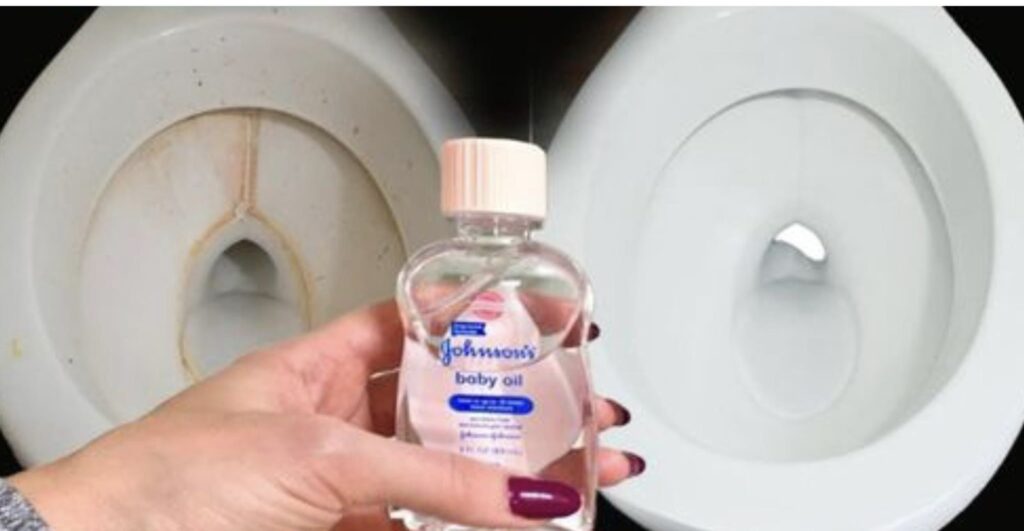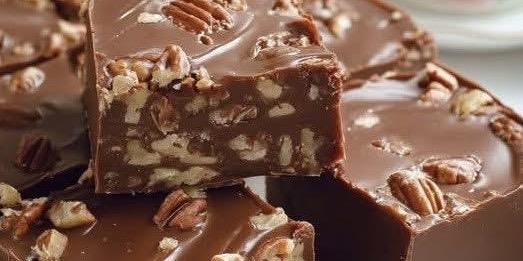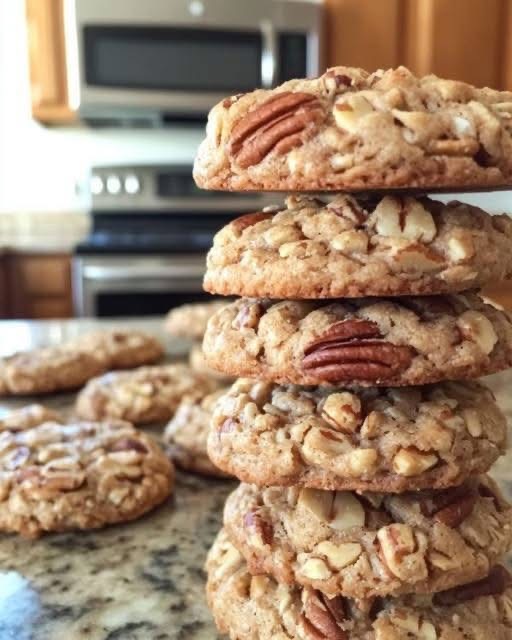
Both kitchen grease and bathroom limescale can be removed naturally, especially from the stove and oven. Let’s investigate which one. Using chemical goods like bleach to get rid of grease and limescale frequently doesn’t work as intended.
How to Get Rid of Bathroom Limescale and Grease: For individuals who struggle with cleaning their kitchen and bathroom, grease and limescale can be their worst adversaries. Dirt, sauces, and food remnants cause the first to form. It generally builds its nests in kitchen appliances, particularly the oven. On the other hand, limescale, which can accumulate on taps and sanitary equipment, is mostly caused by hard water that settles after it dries
We frequently turn to chemical products—sometimes even pricey ones—that promise immaculate cleanliness in an attempt to defeat these two domestic cleaning adversaries. But occasionally the grease and limescale remain, even after we’ve used all the elbow grease we have.
Therefore, it’s preferable to utilize a magical paste that’s produced of easily obtained items in every kitchen and save money. Ready to learn the necessary skills? The grease and limescale will be quite simple to remove after use.
How to Make Your Own Cleaning Paste: The paste we’re going to teach you to make will allow you to eliminate not only limescale but also oven grease, kitchen tiles, pots, and pans. You’ll need six tablespoons of any brand of concentrated dish soap. Three tablespoons of powdered bathroom cleaner; three tablespoons of baking soda; one tablespoon of white wine vinegar.
You’ll need a disposable container, even a recycled one, like a plastic ricotta container bought at the supermarket. Wash the container and use it to hold the paste we’re going to make. In a container, place the three tablespoons of baking soda, followed by three tablespoons of powdered bathroom cleaner. The third step is to add the six tablespoons of concentrated dishwashing liquid. With the help of a wooden spoon, mix the mixture. When the paste seems smooth, add the tablespoon of vinegar.
We transfer the mixture to the container so that we can have it at hand when we need it. By wearing gloves and with the help of a sponge, we can use this paste on the surfaces that need it.
For it to be effective, it is necessary to let it act on the surface for a few minutes and then remove it with a clean cloth and water. Especially on taps rich in limestone, depending on the type of incrustations, leave it to act for a longer time. For more precision, you can also use a toothbrush. Once you try this method, you will never abandon it



